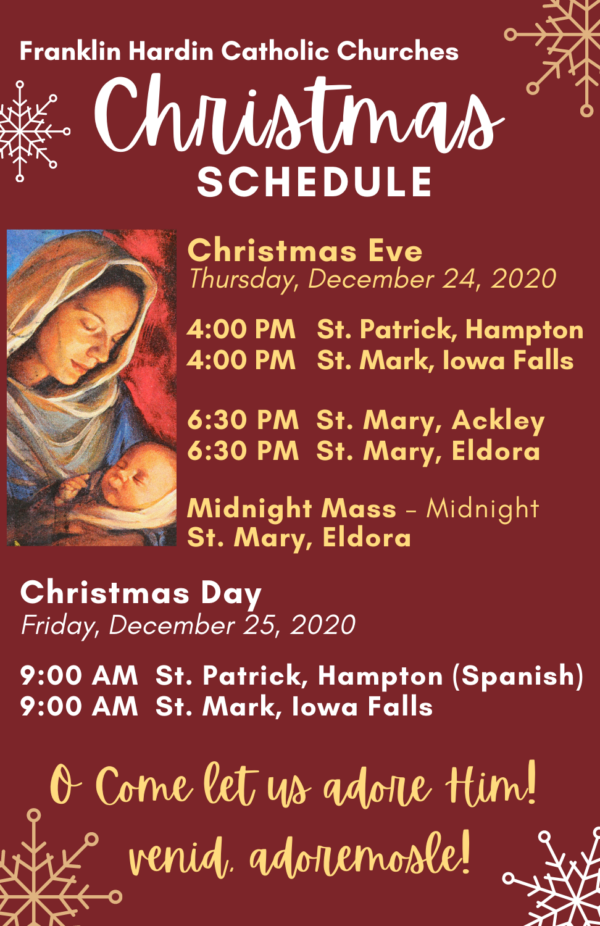Monday, October 10 is Christopher Columbus Day.
Over the last number of years Columbus has become a controversial figure, where some say we should not celebrate him. Some have advocated that instead we should celebrate “Indigenous Peoples Day.”
Certainly, Columbus was not a perfect man. Certainly, he had a complicated relationship with the indigenous peoples (as many Europeans did). And yes, he probably did have a desire to seek gold and glory.
But there also was a genuine desire to bring the Gospel to these indigenous peoples. He saw himself as part of a God’s greater providential plan to do just this.
His personal travel log begins with the words “In nomine Domini Jesu Christi,” Latin for “in the name of the Lord Jesus Christ.”
He named his flagship the Santa María (Holy Mary).
His other ships were named Pinta (Painted) and Niña (Girl) – some have said that the names of the ships from Columbus’ voyage foreshadow Mary’s apparition of Guadalupe, Mexico, which is a “painted” image of a young woman who is in fact Holy Mary.
Columbus set sail from the Canary Islands when the winds finally began to blow on Sept. 8; the very day we Catholics celebrate Mary’s Birthday!
Every night of the voyage, at sundown, Columbus and his crew would gather on deck and together sing the Salve Regina (“Hail Holy Queen” prayer) as continued pray for Mary’s intercession for their voyage.
They finally arrived in the Americas on October 12, which in Spain is another major feast day of Mary. It is the day celebrating the apparition of Mary known as “Our Lady of the Pillar” (Nuestra Señora del Pilar).
The legend is that in 40 A.D., when the apostle St. James (the brother of St. John), was discouraged for lack of conversions during his mission in Spain, Mary appeared to him standing upon a pillar to give him words of encouragement. She told him to build a church upon that spot, saying, “it will stand from that moment until the end of time in order that God may work miracles and wonders through my intercession for all those who place themselves under my patronage.” And she said one day the faith of the peoples of that land would be as strong as the pillar on which she stood. After this, she disappeared, but the pillar remained.
Columbus and his Spanish crew then certainly saw this as a providential fulfillment of Mary’s promise at the Pillar in Spain.
And, approximately forty years after Columbus first landed, Mary herself would appear as Our Lady of Guadalupe, which then brought hundreds of thousands of the native indigenous peoples to the Christian faith.
Christopher Columbus, at the end of his life, willed that a good portion of his money would go to support the missionary work of the Church in the Americas.
So, whether you celebrate Christopher Columbus Day or Indigenous Peoples Day, it is a day to remember how Christopher Columbus, while an imperfect person, was used by God (with the Blessed Virgin Mary), as an instrumental part of a providential plan to bring the Gospel to the indigenous peoples.
Peace,
– Fr. Kevin


